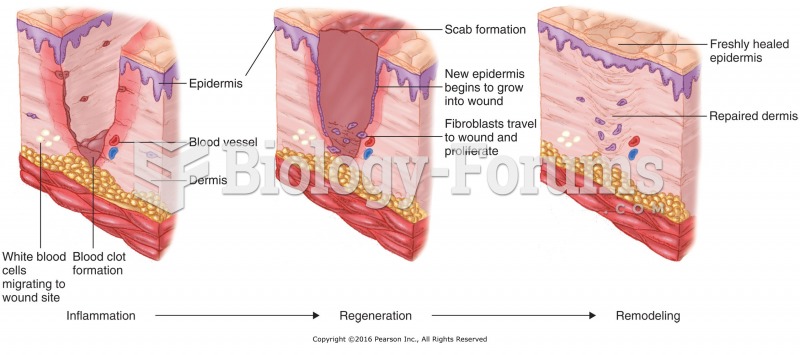|
|
|
More than 150,000 Americans killed by cardiovascular disease are younger than the age of 65 years.
A seasonal flu vaccine is the best way to reduce the chances you will get seasonal influenza and spread it to others.
The most common treatment options for addiction include psychotherapy, support groups, and individual counseling.
The most dangerous mercury compound, dimethyl mercury, is so toxic that even a few microliters spilled on the skin can cause death. Mercury has been shown to accumulate in higher amounts in the following types of fish than other types: swordfish, shark, mackerel, tilefish, crab, and tuna.
About 80% of major fungal systemic infections are due to Candida albicans. Another form, Candida peritonitis, occurs most often in postoperative patients. A rare disease, Candida meningitis, may follow leukemia, kidney transplant, other immunosuppressed factors, or when suffering from Candida septicemia.







